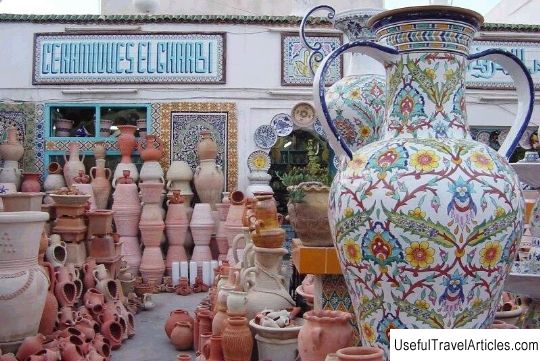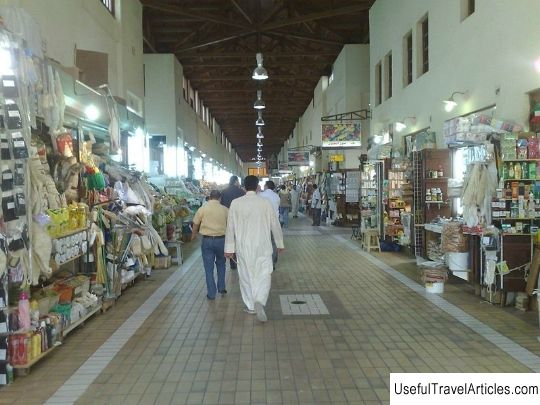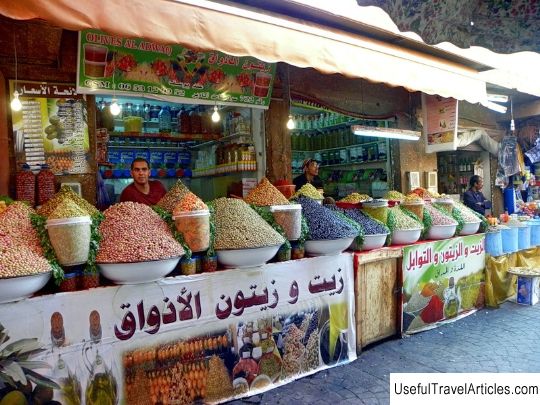Suq el-Juma market description and photos - Tunisia: Nabeul
Rating: 8,2/10 (5490 votes) 
Suq el-Juma market description and photos - Tunisia: Nabe. Detailed information about the attraction. Description, photographs and a map showing the nearest significant objects. The title in English is Suq el-Juma. Photo and descriptionAll Tunisian cities have oriental markets, each of which is known for its own specialization, and the Souk el Juma market located in Nabeul is no exception. This market is one of the most famous and ancient in Tunisia. It occupies a large territory, which is almost impossible to get around in a day. Therefore, the entire branch is divided into so-called quarters or streets, each of which sells its own type of product. In addition to the original ceramics that can be found in every market in the East, Souq el-Juma has renowned perfumes, bright fabrics, clothing, leather goods and, of course, everything that is required for cooking - spices and herbs, fresh fruits and vegetables, dried herbs, traditional sweets and dates, which are especially tasty here. Nabeul, located 10 km north of the city of Hammamet, since the 16th century it has been one of the most famous ceramics cities in Tunisia. Until this time, the city did not differ from other small towns, living an ordinary life, but in the 16th century, on Cape Bon, the inhabitants of Nabeul discovered layers of high-quality clay. Since then, the production of ceramics has been one of the most developed industries in Tunisia. The Souk el-Juma market offers all kinds of pottery. You can choose any color - be it white, green, yellow or blue, any vessel or container - a vase, a plate, a dish for pilaf or just a clay souvenir for friends. Painting styles can also be different, but the main ones are Punic-Roman and Arabic styles, and sometimes Andalusian. But you can admire pottery not only in the market. Walking around the city, you will see that many houses are decorated with tiles, and in some places even sidewalks.        We also recommend reading Bastea of ??the defensive wall of Vilnius (Vilniaus gynybines sienos basteja) description and photos - Lithuania: Vilnius Topic: Suq el-Juma market description and photos - Tunisia: Nabeul. |




